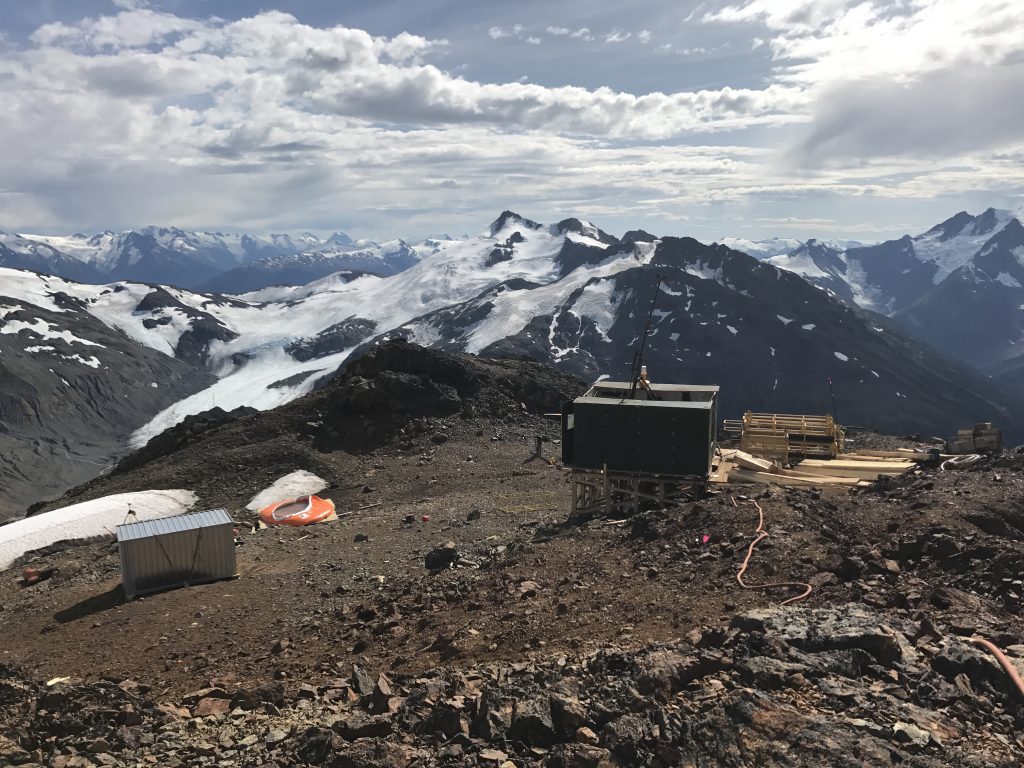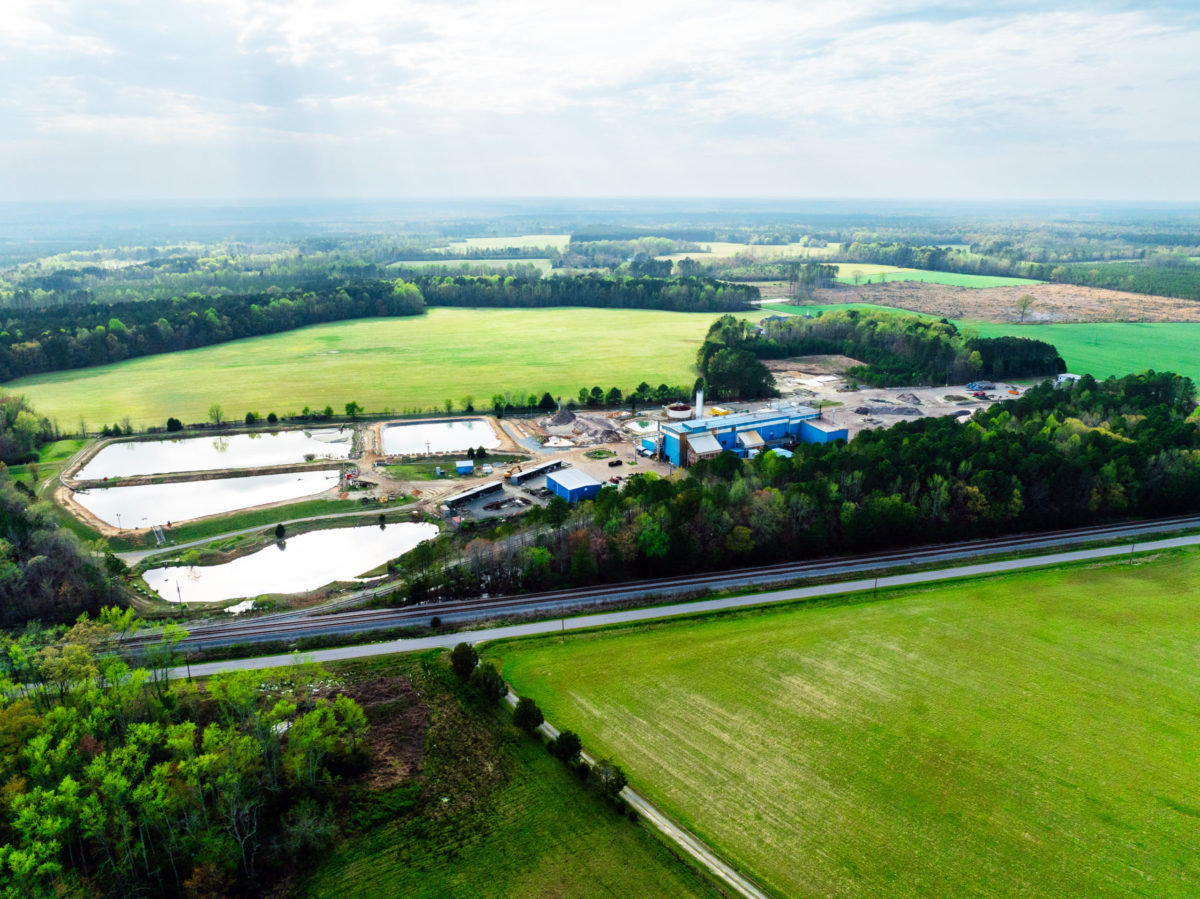Garibaldi grows footprint at Nickel Mountain

Most recent intercepts from Garibaldi Resources’ 63-sq.-km Nickel Mountain project in British Columbia have extended the mineralized limits, connected these zones and suggest potential for near-surface sulphide mineralization.
Drill highlights include:
- 2.1 metres of 7.1% nickel and 3.9% copper in hole EL-19-75, within a 90-metre mineralized interval. This intercept expands the footprint of the Lower Discovery zone (LDZ) by 25 metres to the north;
- 6 metres of 6% nickel and 2.6% copper in hole EL-19-74 which extends the Northeast (NE) zone by 8 metres to the east; and
- 4.4 metres of 2.6% nickel and 0.93% copper in hole EL-19-72 starting at 40 metres down, suggesting potential for a near-surface zone of sulphides over a strike of at least 50 metres.
An additional hole intersected mineralization underneath the LDZ, confirming a connection of two chambers at the E&L deposit.
“EL-19-75 significantly expands the potential for shallow massive sulphide as it represents a gradual change into contact-style mineralization along the eastern wall of the E&L main chamber, which could rim the majority of the chamber wall, possibly linking the LDZ to the NE zone with massive sulphides,” Jeremy Hanson, Garibaldi’s V.P. of exploration said in a media release.
Dr. Peter Lightfoot, a technical advisor to the company, added that “geochemical data from holes 66 through 75 provide important new clues for the location of additional segments of the E&L intrusion at depth below and to the east of the E&L mineral zone. The discovery of elevated nickel tenor at depth below the E&L strongly supports the idea that the open system intrusion has extensive exploration potential.”
In addition, Garibaldi is revisiting the F and Q geophysical anomalies, located 700 metres and 1,000 metres from the historic E&L deposit to evaluate their potential to expand the footprint of sulphide mineralization at Nickel Mountain. Recent magnetic inversion and remodeling work suggests that past drilling did not effectively reach these target areas. F and Q are priority targets for the 2020 exploration season.
Garibaldi’s Nickel Mountain project is located 6 km southwest of Eskay Creek in B.C.’s Golden Triangle. To date, the company has identified five zones of mineralization within the 12-km Nickel Mountain gabbroic complex.
The historic E&L deposit at Nickel Mountain is a nickel-copper rich massive sulphide unit which was originally discovered in 1966. Garibaldi acquired an option to purchase a 100% interest in the deposit and surrounding claims in 2016 and commenced exploration efforts later that year.
(This article first appeared in the Canadian Mining Journal)
{{ commodity.name }}
{{ post.title }}
{{ post.date }}

Comments